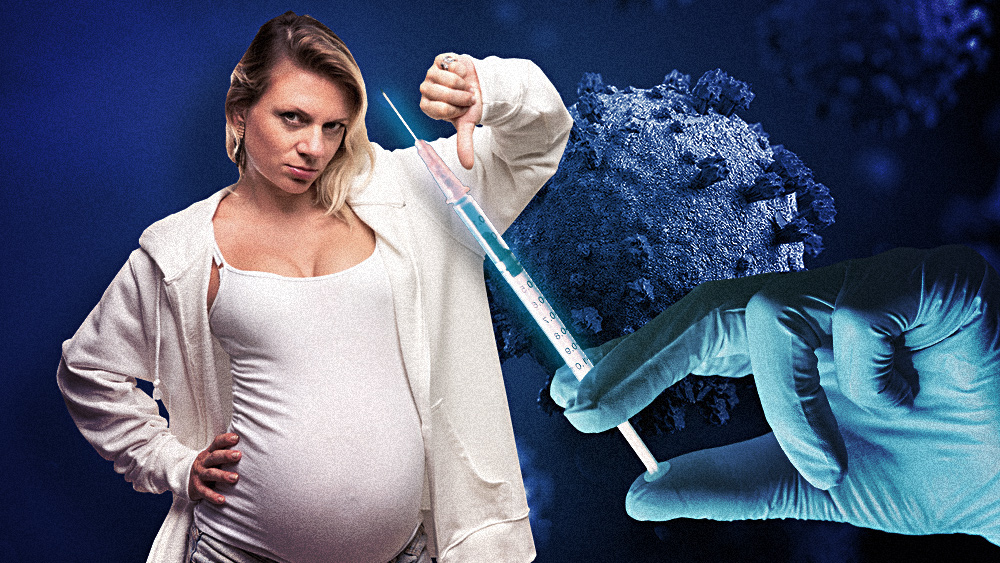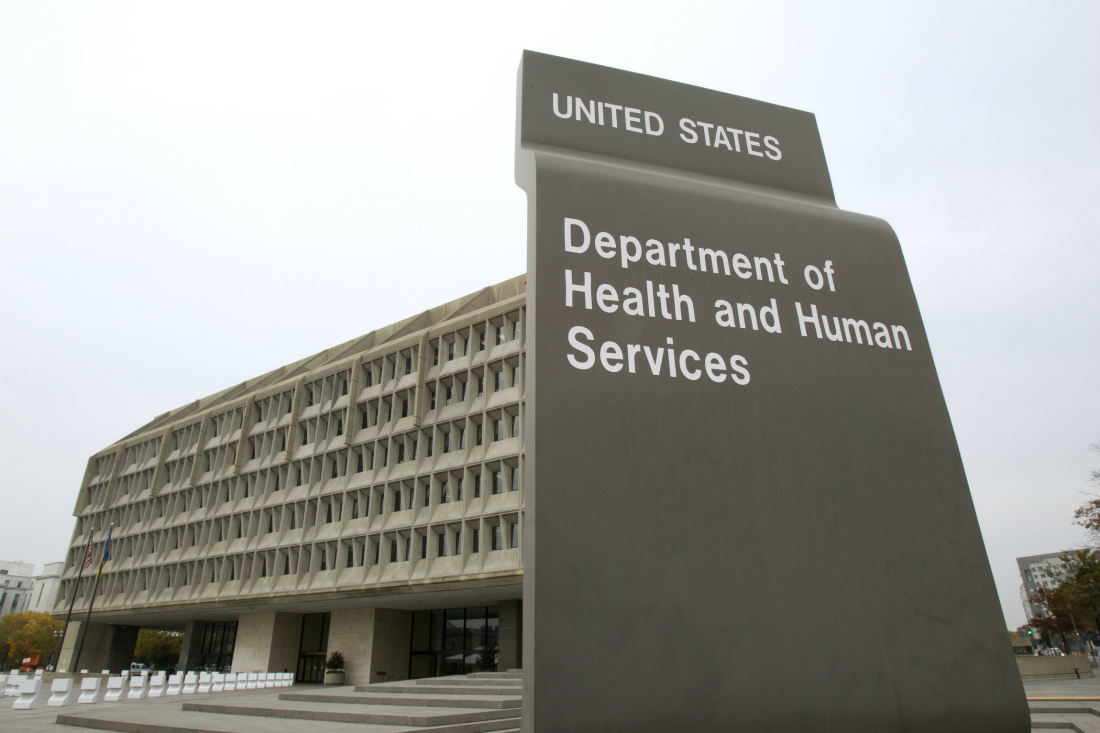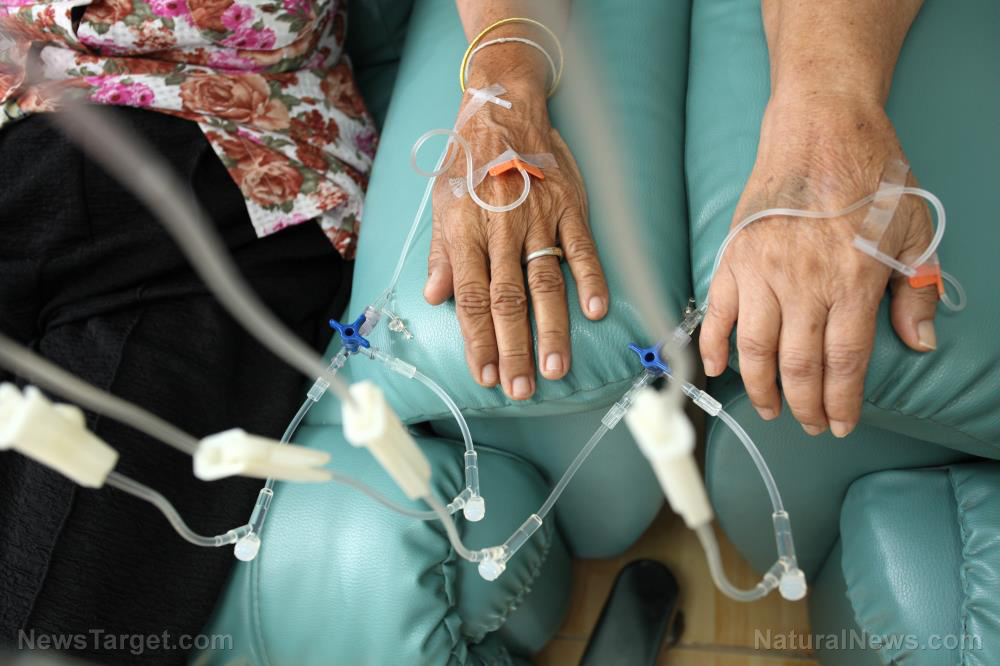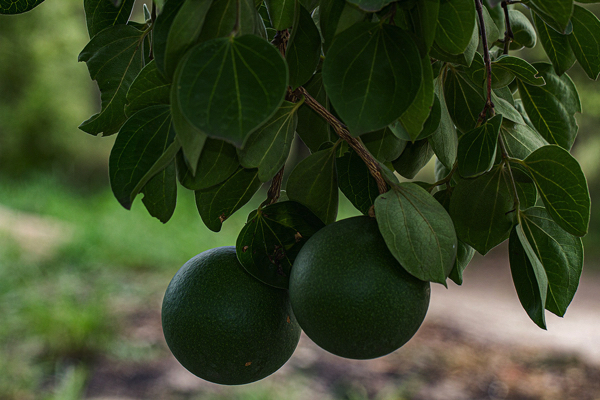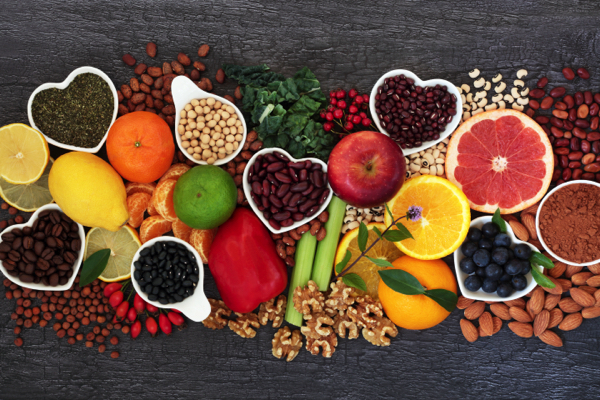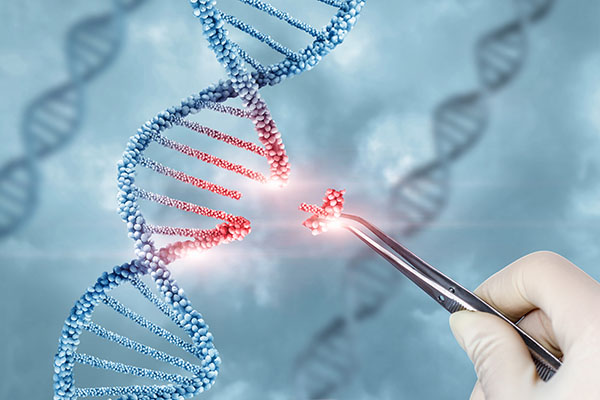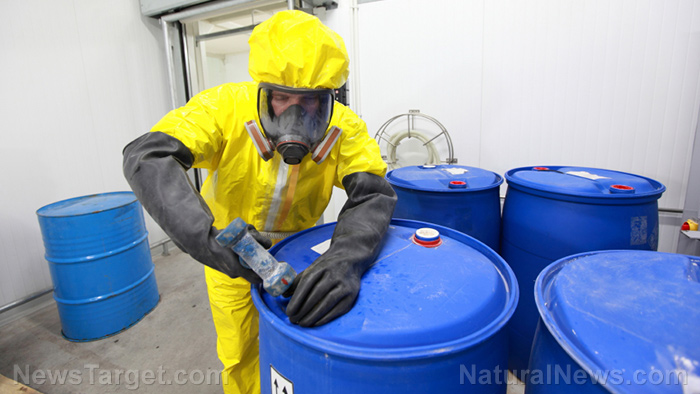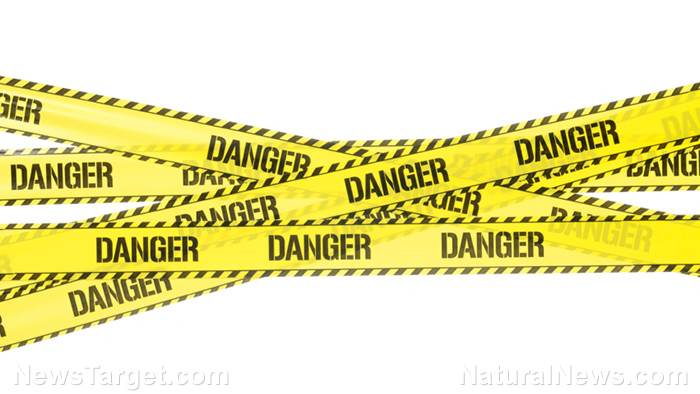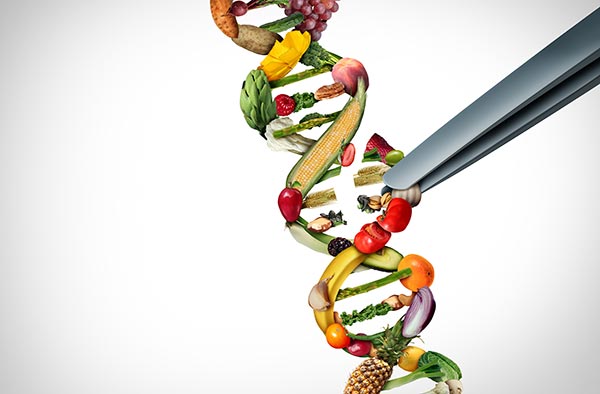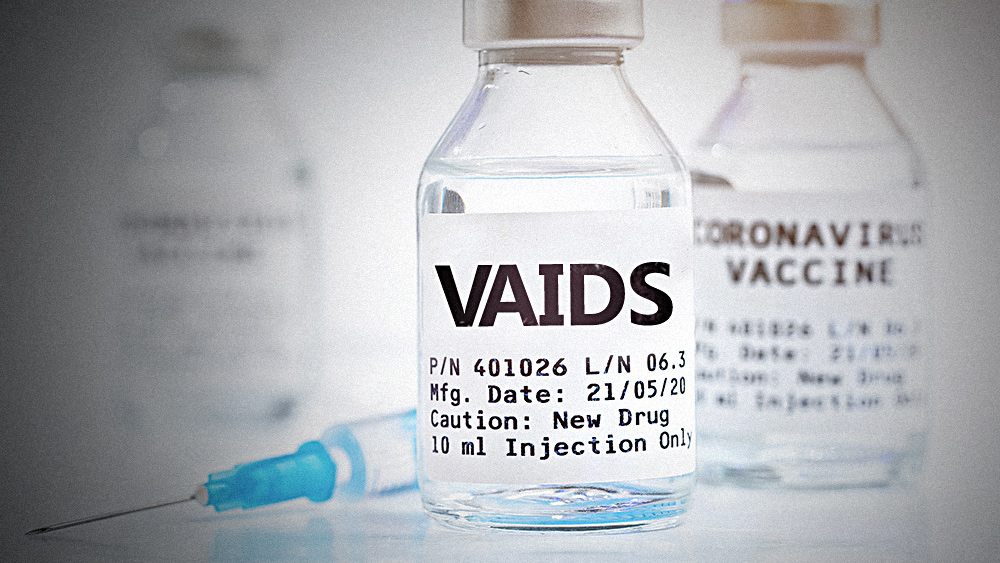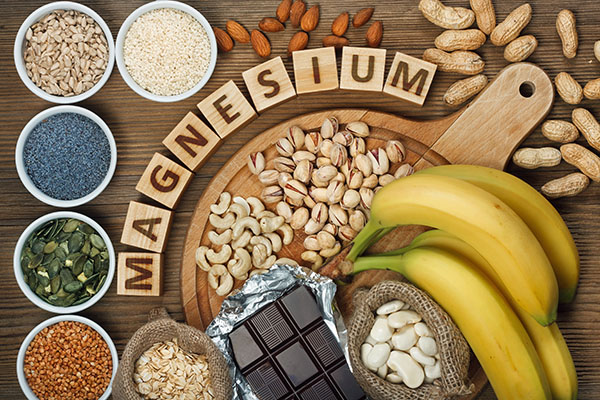“The Natural Pharmacist” by Richard Harkness offers a comprehensive blueprint for reducing cancer risk
05/08/2025 / By Belle Carter
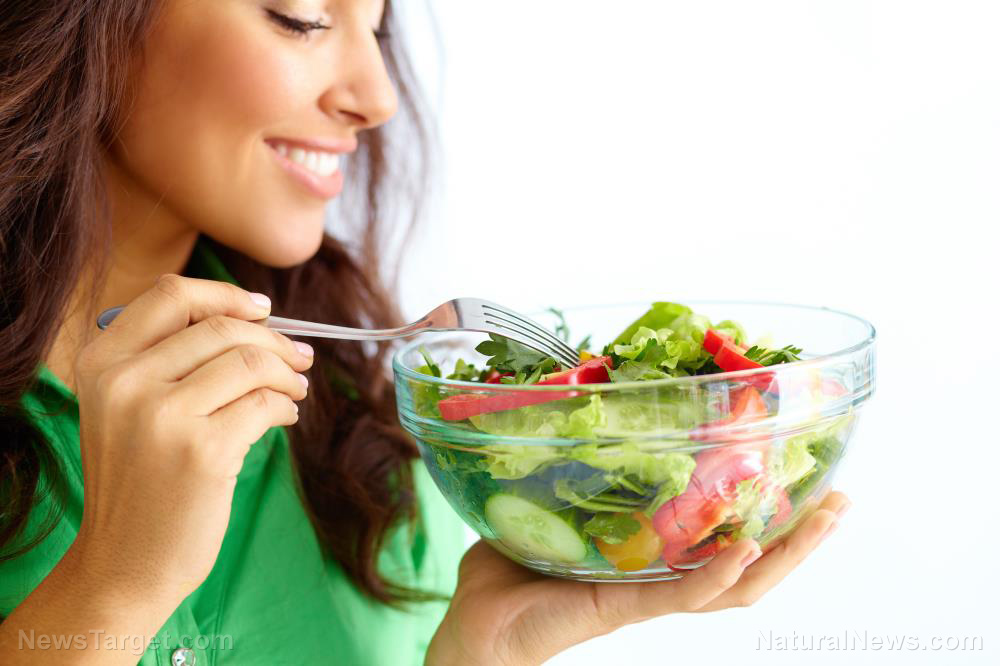
- Cancer imposes a significant financial burden on the U.S., costing $107 billion annually, with over half a million Americans losing their lives each year, making it the second leading cause of death.
- “The Natural Pharmacist” by Richard Harkness explains cancer as the uncontrolled replication of abnormal cells, discussing the “two-hit” theory where DNA mutations (first hit) and subsequent promotion (second hit) lead to cancer development, emphasizing the importance of early and sustained prevention.
- While cancer is genetic, most mutations are triggered by environmental and lifestyle factors. Personal choices, such as smoking and diet, play a crucial role in cancer risk – with only two percent of cancer deaths linked to industrial pollutants.
- Harkness highlights the critical role of diet, advocating for plant-based foods and antioxidants like vitamins A, C, E and selenium to neutralize free radicals and reduce cancer risk. Foods like leafy greens, nuts and citrus fruits are recommended for their protective properties.
- The book emphasizes a holistic approach, including regular exercise, avoiding smoking, limiting alcohol and regular medical checkups. Harkness’ work empowers readers to take control of their health through informed lifestyle choices and natural approaches, underscoring the importance of proactive prevention.
In a world where cancer remains a pervasive and costly adversary, Richard Harkness’ book, “The Natural Pharmacist: Your Complete Guide to Reducing Cancer Risk,” emerges as a timely and essential resource.
With cancer costing the U.S. a staggering $107 billion annually – $37 billion in direct medical expenses, $11 billion in morbidity costs and a staggering $59 billion in mortality costs – the financial burden is immense. This financial toll is compounded by the emotional and societal impact, as cancer claims the lives of more than half a million Americans each year, making it the second leading cause of death in the United States.
Harkness’ book delves into the complex world of cancer, exploring its causes, prevention strategies and the critical role of lifestyle choices. Cancer, at its core, is characterized by the invasive and uncontrolled replication of abnormal cells that ultimately destroy healthy tissues and threaten vital organ functions. With approximately 150 different types of cancer each classified as carcinomas, sarcomas, leukemias or lymphomas, the disease manifests in various forms but follows a common destructive path.
Harkness explains the “two-hit” theory of cancer development, which begins with a mutation or the first “hit,” that damages DNA instructions. While the human body experiences thousands of these mutations daily, most are repaired. However, over time, the risk of a mutation evading normal DNA repair mechanisms increases. The second “hit” is promotion, a gradual process that can span years, underscoring the importance of early and sustained preventive measures.
Interestingly, while cancer is fundamentally a genetic disease, the majority of mutations leading to cancer are triggered by environmental factors. Contrary to common perception, only about two percent of cancer deaths are linked to industrial pollutants or toxic waste. Instead, personal and lifestyle choices play a far more significant role. Cigarette smoking and poor diet are among the most influential factors, highlighting the power of individual actions in cancer prevention.
A central theme in Harkness’ book is the critical role of diet in cancer risk. Diets high in fats, particularly saturated and trans fats, have been associated with an increased risk of several cancers, such as breast, ovarian, prostate, colon and lung cancers. Conversely, a diet rich in plant-based foods is linked to a lower cancer risk. Fruits, vegetables and whole grains are rich in vitamins, minerals and phytochemicals that collectively offer protective benefits.
Antioxidants, such as vitamins A, C, E and the mineral selenium, are highlighted as powerful allies in the fight against cancer. These compounds neutralize free radicals, toxic compounds that can damage DNA and potentially lead to cancer. Foods high in antioxidants such as leafy greens, nuts and citrus fruits are recommended for their protective properties.
Harkness also explores other natural treatments that show promise in reducing cancer risk. For instance, lycopene found in tomatoes has been linked to a lower risk of prostate cancer. Isoflavone phytoestrogens in soybeans may inhibit the growth of breast cancer cells. Additionally, compounds in green tea, garlic and onions are also being studied for their potential cancer-preventive properties.
While diet is a crucial component, Harkness emphasizes that a holistic approach to health is essential. Regular exercise, avoiding smoking and limiting alcohol consumption are vital steps in reducing cancer risk. Moreover, regular medical checkups and screenings are crucial for early detection, which significantly increases the chances of successful treatment and cure.
In conclusion, “The Natural Pharmacist” provides a comprehensive guide to reducing cancer risk through informed lifestyle choices and natural approaches. Harkness’ work empowers readers to take control of their health by adopting a plant-rich diet, incorporating antioxidant-rich foods and making positive lifestyle changes.
As Harkness aptly puts it, “It’s never too early to start practicing protective prevention.” This book serves as a reminder that while cancer is a formidable opponent, knowledge and proactive measures can significantly mitigate its impact.
Learn more about “The Natural Pharmacist” by Robert Harkness by watching the video below.
This video is from the BrightLearn channel on Brighteon.com.
Sources include:
Submit a correction >>
Tagged Under:
#nutrition, anticancer, antioxidants, cancer risk, Cures, diet, food is medicine, healing, health, health science, natural remedies, nutraceuticals, nutrients, phytochemicals, vitamins and minerals, war on cancer
This article may contain statements that reflect the opinion of the author

